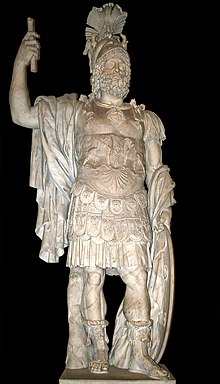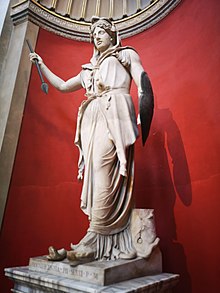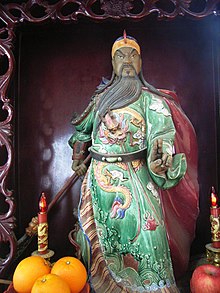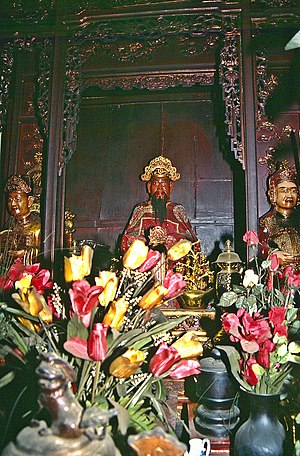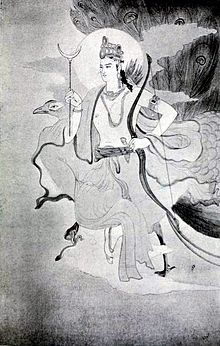Africa
Egyptian
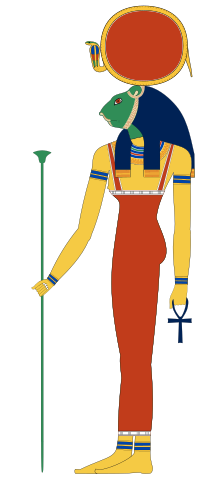
- Anat-- also known as Anath-- was a goddess of fertility, sexuality, love, and war. She was the sister of Baal
- Anhur, god of war, not a native god
- Anuke, a goddess of war and consort of Anhur
- Apedemak, the lion god of war: he is sometimes depicted with three heads
- Bast, cat-headed goddess associated with war, protection of Lower Egypt and the pharaoh, the sun, perfumes, ointments, and embalming
- Horus, god of the king, the sky, war, and protection
- Maahes, lion-headed god of war
- Menhit, goddess of war, "she who massacres"
- Montu, falcon-headed god of war, valor, and the Sun
- Neith, goddess of war, hunting, and wisdom
- Pakhet, goddess of war
- Satis, deification of the floods of the Nile River and an early war, hunting, and fertility goddess
- Sekhmet, goddess of warfare, pestilence, and the desert
- Set, god of the desert and storms, associated with war
- Sobek, god of the Nile, the army, military, fertility, and crocodiles
- Sopdu, god of the scorching heat of the summer sun, associated with war
- Wepwawet, wolf-god of war and death who later became associated with Anubis and the afterlife
Berber
Nilo-Saharan
Nubian
Western African-Congo
Yoruba
Eastern African-Congo
Igbo
Ethiopian
- Maher, god of war.
Kenya
Kalenjin
Ghanaian
Akan



